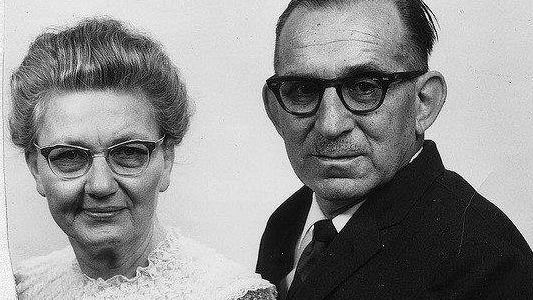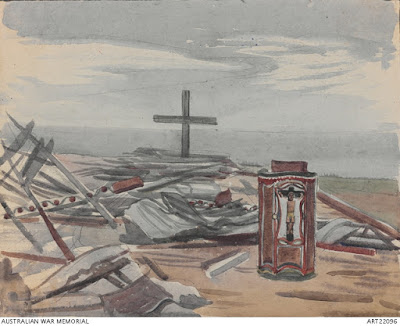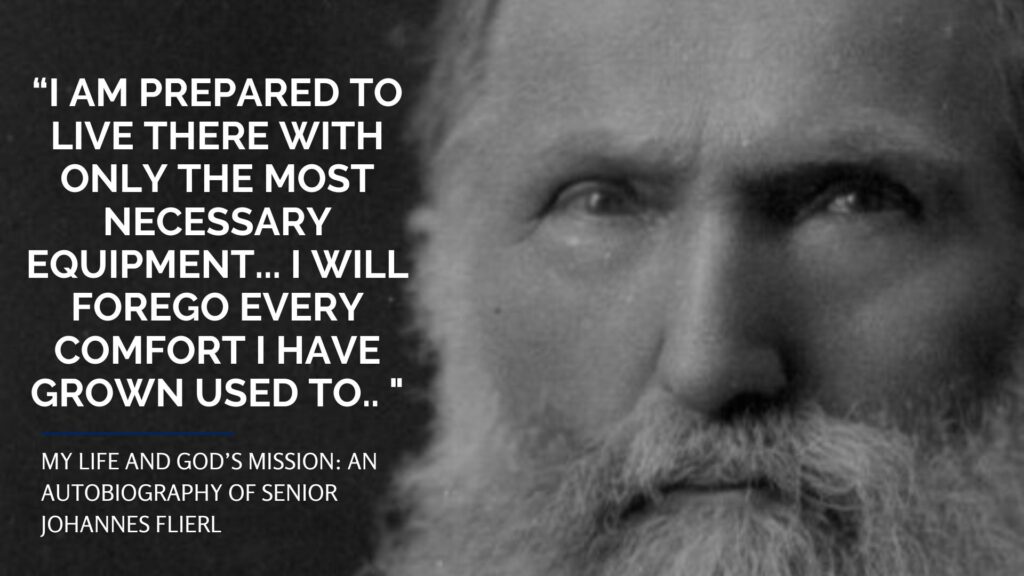
Here is a short insight into the lives of Hattie and Theodore Braun, American missionaries whose unwavering dedication shaped healthcare and mission work in Papua New Guinea for nearly five decades. Their journey of service, faith, and resilience laid the foundation for lasting medical and spiritual impact in the region.
“Braun Memorial Hospital,” Butaweng. Ever wonder where the name “Braun” came from? It was named after Dr. Theodore Braun, an American missionary doctor from the Evangelical Lutheran Church of America (ELCA). He served in Finschhafen and then in Yagaum, Amele, until he retired. He came here in 1930 and married Sr. Hattie in 1932, who was also a nurse from America serving here at that time. Together, they served for 48 years in PNG until they retired. Dr. Braun was instrumental in training medical workers and establishing health facilities during his service, alongside his medical clinical practice.
Here is an extract from the book Doctor in Paradise that tells of Dr. and Mrs. Braun’s life during and after the war. Dr. Mary Gunter (née Fritsch) wrote about this time in her book:
“Naturally, the most prominent element of my early New Guinea stage setting was Yagaum itself, which carried a fascinating history. It had been built immediately after World War II and opened in 1950, although the mission had already established and run a hospital at nearby Amele during the 1930s, where the American Dr. Theo Braun had trained a dozen or so native doktabois (medical orderlies). That hospital was completely destroyed by the advancing Japanese, and Dr. Braun and his wife were taken prisoner on New Year’s Day, 1943. Together with a group of about 200 fellow Europeans (mostly Lutheran and Catholic missionaries), they were subjected to shocking treatment for many months. Sick and wounded from the cruelty, with minimal personal possessions and a very meagre, often non-existent diet, they were herded mercilessly from one location to another—including Granged Island, Siar, and Manam Island, and finally to Hollandia in Dutch New Guinea—mostly having to build themselves huts or shelters in mosquito-infested swamps, with many dying along the way.
On their way to Wewak on a Japanese ship, the group of POWs was bombed by Allied planes, which killed and maimed many more of their number. After the Allies’ counterattack drove the Japanese away, those of the original group who had survived were found by American troops about eighteen months after they had been taken prisoner. By then, Mrs. Braun was so ill and weak that six more months passed before she could even be transported back to the USA for a full recovery.
Within a year, however, the brave Brauns were back on their beloved New Guinea mission field. Fortunately, several of Dr. Braun’s doktabois had heeded his earlier advice and hidden a cache of medicines and equipment in a cave in the jungle; there, they bravely continued to perform medical work until they were found by the Japanese and threatened with death. Perhaps because the Japanese were impressed with the sophistication of the work the doktabois were doing (which included thousands of injections for yaws, dressings, skin grafts, and suturing), they not only spared them but also co-opted them to serve their troops. To their credit, the doktabois did this fairly willingly, as Dr. Braun had taught them to be impartial in serving others, and they were not forbidden by their captors to treat the tribespeople when necessary.
Once the Japanese had been overcome and fled, these courageous orderlies assisted the Australian government with its emergency medical post-war programme for a year or two until they heard on the mission grapevine that Dr. Braun was among the first batch of missionaries to have returned to New Guinea. Joy, oh joy—they rounded up their fellow doktabois and set up a bush clinic near the site of the demolished Amele hospital, patiently working as they waited. During this time, they worked with what few supplies and equipment they still had, and one of them inspired his fellow villagers to give a tract of land to the mission, on which Dr. Braun could build a new hospital, and where these orderlies he had trained pre-war could provide him with instant staff.”

Hattie Braun worked in all departments of the hospital and assisted her husband in the theatre. She supervised the nursing care and taught the indigenous staff. One of the first men to be taught was Kito from Sattelberg, who came in March 1946. He had already worked for the church during the war with Adolf Wagner. He continued medical work until his retirement in 1983, having completed the building of the Kito Health Centre at Sattelberg. Sisters Ella Wallborn and Ruth Heber arrived in July 1946 to work at Buangi.
In 1972, Dr. and Mrs. Braun retired and were spared from experiencing the changes that came about in the hospital they had so devotedly helped to build for the people they dearly loved.
Hattie Braun and Theodore Braun spent 48 and 42 years of their lives serving in Papua New Guinea. On the eve of their return to the USA, they said: “Our main aim has been to bring the gospel and to train the people of New Guinea so that they, in turn, can further continue the work in their villages.” Dr. Braun died on March 10th, 1980, and Mrs. Braun on January 26th, 1984, in Nebraska, USA.
Compiled by Warime Guti, 25 November 2018.


